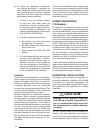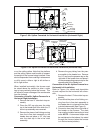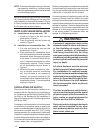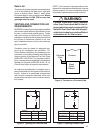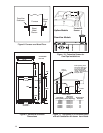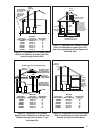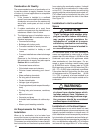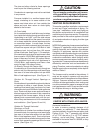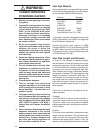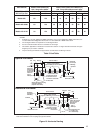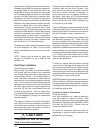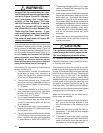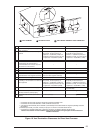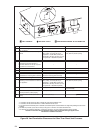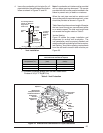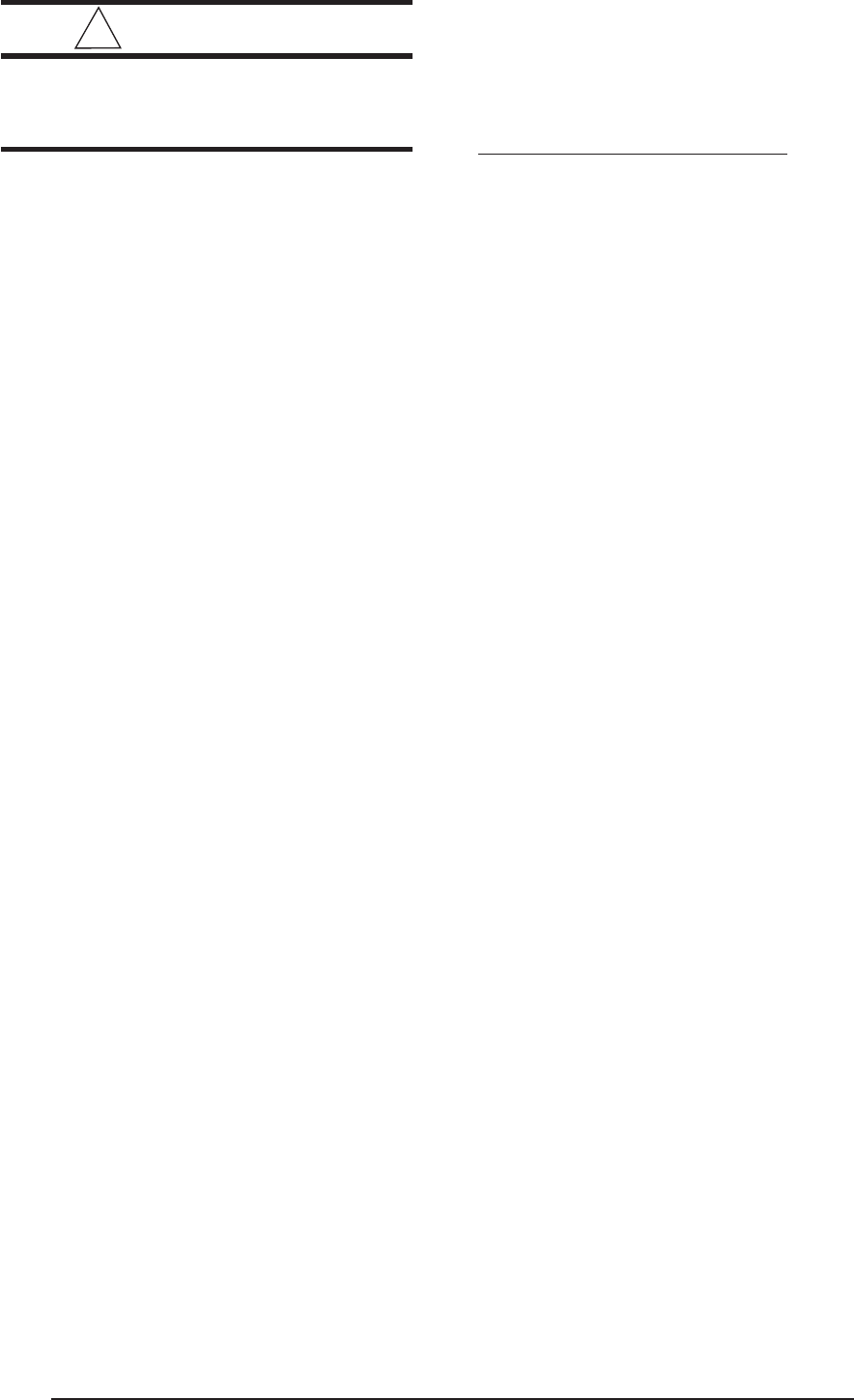
18
!
WARNING:
CARBON MONOXIDE
POISONING HAZARD
1. Seal any unused openings in the vent-
ing system
2. Inspect the venting system for proper
size and horizontal pitch, as required
in the National Fuel Gas Code, ANSI
Z223.1 or the CAN/CGA B149 Instal-
lation Codes and these instructions.
Determine that there is no blockage
or restriction, leakage, corrosion and
other defi ciencies which could cause
an unsafe condition.
3. So far as is practical, close all build-
ing doors and windows and all doors
between the space in which the
appliance(s) connected to the venting
system are located and other spaces
of the building.
4. Follow the lighting instructions. Place
the appliance being inspected in opera-
tion. Adjust thermostat so appliance
shall operate continuously.
5. Turn on clothes dryers and any other
appliance not connected to the vent-
ing system. Turn on any exhaust fans,
such as range hoods and bathroom
exhausts, so they shall operate at maxi-
mum speed. Do not operate a summer
exhaust fan.
6. Close fi replace dampers.
7. Test for spillage from draft hood
equipped appliance at the draft hood
relief opening after 5 minutes of main
burner operation. Use the fl ame of a
match or candle.
8. If improper venting is observed during
any of the above tests, the venting sys-
tem must be corrected in accordance
with the National Fuel Gas Code, ANSI
Z223.1/NFPA 54 and/or CSA B149.1,
Natural Gas and Propane Installation
Codes.
9. After it has been determined that each
appliance connected to the venting
system properly vents when tested as
outlined above, return doors, windows,
exhaust fans, fi replace dampers and
any other gas burning appliance to
their previous conditions of use.
Vent Pipe Material
Vent and combustion air pipe and fi ttings must be
one of the following materials and must conform
to the indicated ANSI/ASTM standards:
Material Standard
Schedule 40 PVC D1785
PVC-DWV D2665
SDR-21* D2241
& SDR-26*
ABS-DWV D2661
Schedule 40 ABS F628
Foam/Cellular Core PVC F891
*In Canada, check the local codes to ensure that
SDR is approved for use. SDR is not approved
for all Canadian installations.
Cement and primer must conform to ATSM
Standard D2564 for PVC and Standard D2235
for ABS. When joining PVC piping to ABS, use
PVC solvent cement. (See procedure specifi ed
in ASTM Standard D3138.)
Vent Pipe Length and Diameter
In order for the furnace to operate properly,
the combustion air and vent piping must not be
excessively restrictive. To ensure this use Table
5, which indicates the maximum allowable pip-
ing length for a furnace of specifi ed input rate,
when installed with piping of selected diameter
and number of elbows. This table applies to the
length and number of elbows for each pipe. To
use the table, the furnace input rate, the center-
line length and the number of elbows on each
pipe must be known. Choose the diameter for
which the tabulated length is equal to or greater
than required.
Proper use of the table is illustrated by the fol-
lowing example:
Example:
An 80,000 Btu/h furnace is to be installed in a
“one-pipe” system with 40 feet of vent piping.
There are a total of four long radius 90-degree
elbows used in the vent, including the one exterior
to the building.
Solution:
For this particular installation, the equivalent vent
length must be calculated. This equivalent vent
length will then be compared to the maximum
allowable vent length given in Table 5. Then, the
diameter of the piping can be chosen for which the



